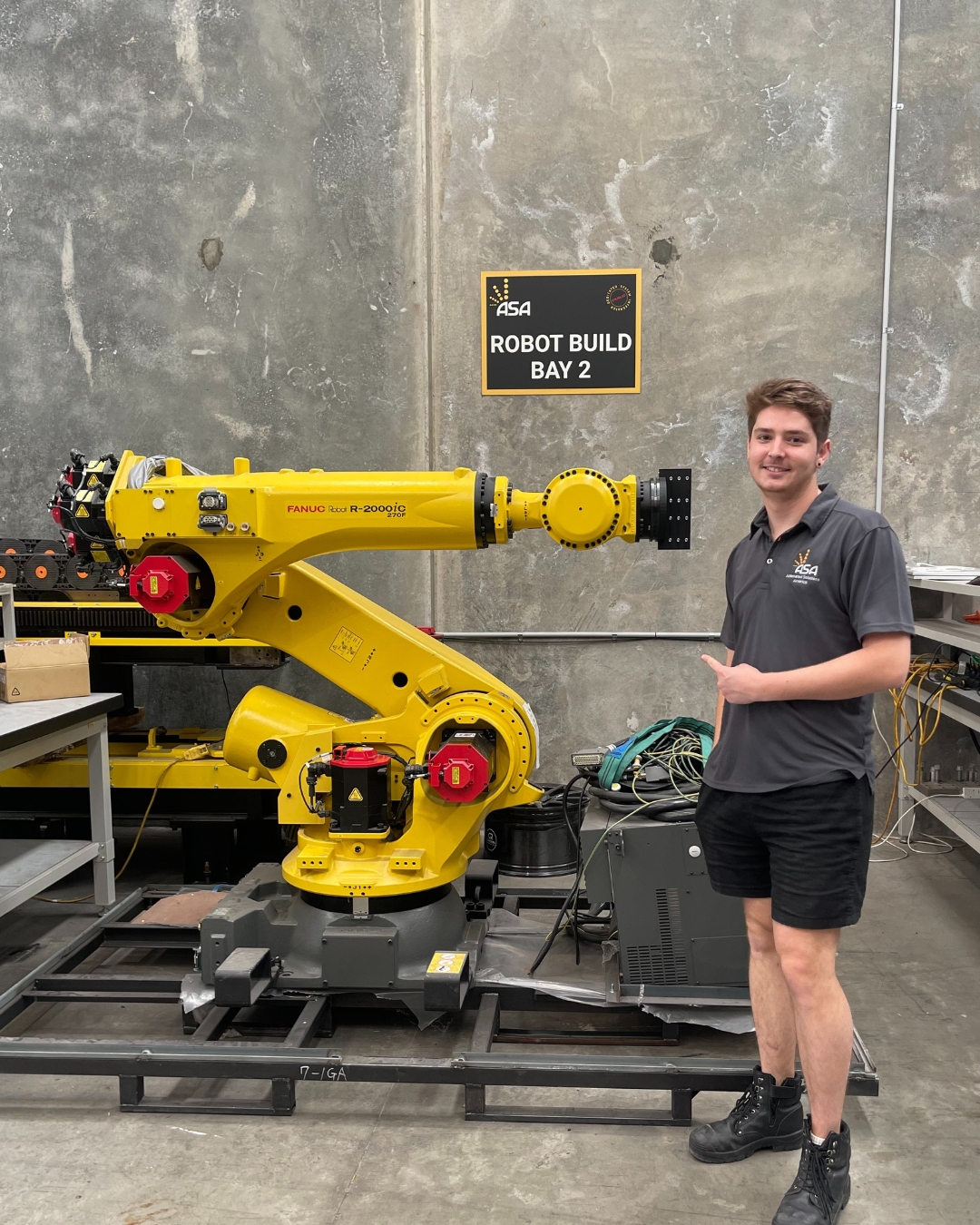Robotic arms, which are at the core of modern manufacturing and production have been transforming the norms in a manner previously thought to be impossible to imagine. They bring accuracy, safety and efficacy. Robot arms are mechanical marvels that have become indispensable in various industries throughout the world. They were designed to reduce operating costs and maintain high quality standards. By integrating robotic arms into production lines, companies are not just reducing costs but are also revolutionizing workplace safety and efficiency. We’ll explore how these innovative machines reshape the industrial landscape.

Image credit: automatedsolutions.com.au
The primary force behind the global surge in robotic arm adoption is cost efficiency. Factories are constantly under pressure to limit production errors, reduce the amount of waste and reduce the risk of workplace accidents. Robots can tackle these problems. Robot arms are more accurate than human laborers when it comes to completing repetitive tasks, cutting down on cost and eliminating costly mistakes. Robotic arms are employed in high-volume industries like the automotive industry, to guarantee an exact assembly. This can lead to significant savings because less damaged products mean less rework or waste.
Safety is another cornerstone of the robotic arm revolution. Numerous manufacturing jobs like working with hazardous materials or using heavy machinery pose significant risks to workers. Utilizing robot arms, enterprises can take workers away from hazardous environments. This lowers the risk of injury at work. Robotic arms are comprised of a variety of movable joints that mimic the human arm’s functionality. However, they operate without the danger of injuries. Equipped with programmable hand end effectors, these machines are able to perform tasks that are hazardous for humans, like welding or spinning.
The versatility of robot arms is a game-changer in many industries. From automotive assembly to electronics production, robot arms can be adapted to a broad range of tasks. The programming capabilities of these robotic arms allows them to execute complicated operations such as painting or applying fiberglass at an unmatched quality of consistency. Robotic arms used in warehousing has revolutionized palletizing by automating the process of loading products onto pallets. Automation does not just increase efficiency but also assures the reliability of robots, since they can work continuously without fatigue.
Cobots are a new breed of robots that work together with humans. Cobots, that are outfitted with a robotic arm, are able to work seamlessly with humans in contrast to industrial robots which are usually confined to cells. In a manufacturing environment cobots’ robotic arms may be capable of handling large lifting tasks or tasks that are repetitive, leaving human workers to focus on more complicated tasks. The robots can stop or modify their movements when they see a person in the vicinity.
The effect of robotic arms extends beyond safety and efficiency, to the fundamental structure of manufacturing today. The capability of robotic arms to perform tasks that require precision including welding, material handling, or assembly is what makes them essential in fields where safety is a priority. Robot arms, for instance, can be utilized to rotate and move components during assembly in the automotive industry to ensure that they are precisely aligned, with no human intervention. Robots are also utilized in electronics to take care of fragile components. This prevents damage and enhances output quality.
Robotic arms are likely to increase in importance as industries grow. They are a cornerstone for the future of manufacturing due to their capacity to cut costs, increase safety and adapt to different tasks. Combining cutting-edge technology with human creativity Robot arms are not just tools. They are partners in advancement, bringing innovation to the forefront and revolutionizing the way we build the world around us.